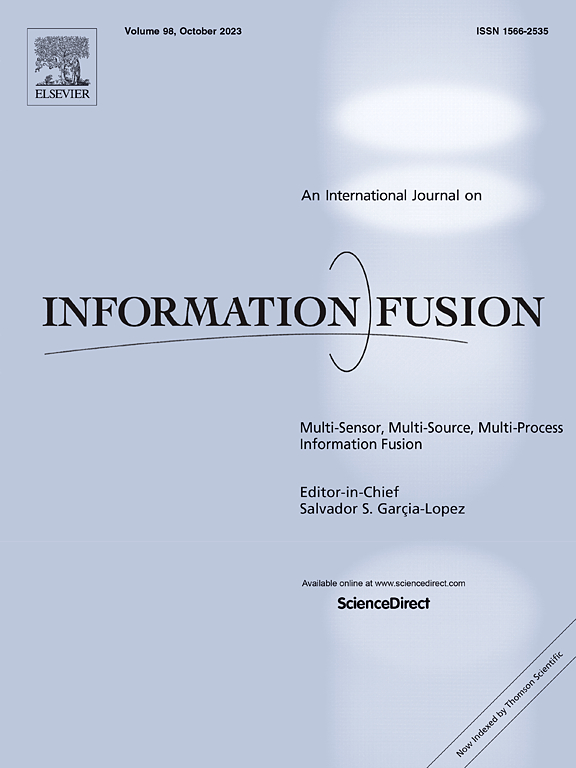A survey on RGB, 3D, and multimodal approaches for unsupervised industrial image anomaly detection
IF 14.7
1区 计算机科学
Q1 COMPUTER SCIENCE, ARTIFICIAL INTELLIGENCE
引用次数: 0
Abstract
In the advancement of industrial informatization, unsupervised anomaly detection technology effectively overcomes the scarcity of abnormal samples and significantly enhances the automation and reliability of smart manufacturing. As an important branch, industrial image anomaly detection focuses on automatically identifying visual anomalies in industrial scenarios (such as product surface defects, assembly errors, and equipment appearance anomalies) through computer vision techniques. With the rapid development of Unsupervised industrial Image Anomaly Detection (UIAD), excellent detection performance has been achieved not only in RGB setting but also in 3D and multimodal (RGB and 3D) settings. However, existing surveys primarily focus on UIAD tasks in RGB setting, with little discussion in 3D and multimodal settings. To address this gap, this article provides a comprehensive review of UIAD tasks in the three modal settings. Specifically, we first introduce the task concept and process of UIAD. We then overview the research on UIAD in three modal settings (RGB, 3D, and multimodal), including datasets and methods, and review multimodal feature fusion strategies in multimodal setting. Finally, we summarize the main challenges faced by UIAD tasks in the three modal settings, and offer insights into future development directions, aiming to provide researchers with a comprehensive reference and offer new perspectives for the advancement of industrial informatization. Corresponding resources are available at https://github.com/Sunny5250/Awesome-Multi-Setting-UIAD.
无监督工业图像异常检测的RGB、3D和多模态方法研究
在工业信息化的推进中,无监督异常检测技术有效地克服了异常样本的稀缺性,显著提高了智能制造的自动化程度和可靠性。工业图像异常检测是工业场景中视觉异常(如产品表面缺陷、装配错误、设备外观异常等)通过计算机视觉技术自动识别的一个重要分支。随着无监督工业图像异常检测(UIAD)技术的迅速发展,该技术不仅在RGB环境下,而且在3D和多模态(RGB和3D)环境下都取得了优异的检测性能。然而,现有的调查主要集中在RGB设置下的UIAD任务,很少讨论3D和多模式设置。为了解决这一差距,本文提供了三种模式设置下UIAD任务的全面回顾。具体来说,我们首先介绍了UIAD的任务概念和流程。然后概述了三种模式(RGB、3D和多模式)下UIAD的研究,包括数据集和方法,并对多模式下的多模式特征融合策略进行了综述。最后,总结了三种模式下UIAD任务面临的主要挑战,并对未来发展方向进行了展望,旨在为研究人员提供全面参考,为工业信息化的推进提供新的视角。相关资源请参见https://github.com/Sunny5250/Awesome-Multi-Setting-UIAD。
本文章由计算机程序翻译,如有差异,请以英文原文为准。
求助全文
约1分钟内获得全文
求助全文
来源期刊

Information Fusion
工程技术-计算机:理论方法
CiteScore
33.20
自引率
4.30%
发文量
161
审稿时长
7.9 months
期刊介绍:
Information Fusion serves as a central platform for showcasing advancements in multi-sensor, multi-source, multi-process information fusion, fostering collaboration among diverse disciplines driving its progress. It is the leading outlet for sharing research and development in this field, focusing on architectures, algorithms, and applications. Papers dealing with fundamental theoretical analyses as well as those demonstrating their application to real-world problems will be welcome.
 求助内容:
求助内容: 应助结果提醒方式:
应助结果提醒方式:


